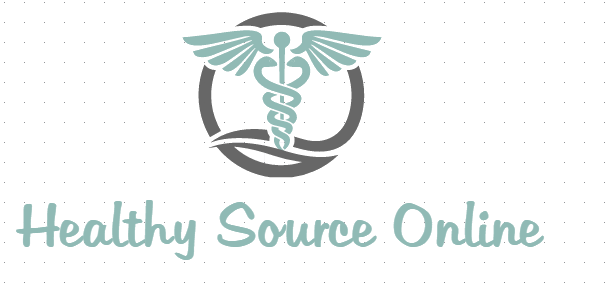[ad_1]
Contributed by: Priyaish Srivastava
Iron deficiency anemia – An Introduction
Iron is a mineral that promotes your hair and nails growth as well as the health of cells and skin. Approximately 70% of your body’s iron is found in the red blood cells and aids in the production of hemoglobin. Hemoglobin is a protein responsible for carrying oxygen from your lungs to your tissues and to all the organs in the body. This function necessitates the presence of the appropriate amount of iron, and if you lack it, the oxygen supply to the organs will reduce. The condition in which health complications arise due to lack of iron is called iron deficiency anemia.
The condition of iron deficiency can arise if your cells are unable to absorb the required amount of iron from foods you eat or if you are suffering from chronic blood loss which decreases the development of red blood cells and causes iron deficiency anemia. Your body stores iron in organs like the liver, heart, and pancreas. A lack of physical activity or poor lifestyle may lead to less or no usage of stored iron and give rise to life-threatening illnesses like liver disease, heart problems, and even diabetes. However, iron deficiency is a more common ailment than a surplus of iron.
Signs and symptoms of iron deficiency anemia
A lack of hemoglobin production is the most common cause of the development of iron deficiency symptoms in your body. These symptoms can be:
- Unusual and extreme tiredness due to lack of hemoglobin
- Pale skin around your eyelids, face, or nails
- Shortness of breath which you may commonly experience while walking, climbing stairs, or working out
- Frequent episodes of headache and dizziness
- Accelerated heart rate
- Iron deficiency-induced dryness and damage of the hair and skin
- Dry mouth, mouth ulcers, a sensation of burning in the mouth, and sore red cracks at the corners of the mouth
- Restless legs (a strong desire to move your legs when at rest and itchy sensation in your feet)
- Spoon-shaped or brittle fingernails that may crack easily
- A sheer desire to consume items that aren’t food, like chalk, dirt, or paper
- A feeling of depression
- More infections due to weakened immunity
- Cold hands and feet
Iron-deficiency anemia diagnosis
Anemia is primarily diagnosed with the CBC blood test.
- Complete blood count test (CBC):A CBC test measures all the parameters in your blood. This includes red blood cells (RBCs), white blood cells (WBCs), hemoglobin, hematocrit (volume of RBCs to the total volume of blood), and platelets. This information will help in ascertaining the level of iron in your blood, the color and size of RBCs (lack of iron makes them pale in color), level of ferritin (a protein that helps your body with iron storage), and your total iron-binding capacity (TIBC).
Causes of iron deficiency
Your body can lack iron due to the following reasons:
- Inadequate iron intake: Iron deficiency is not something that occurs all of a sudden. It happens when you have been following a diet that does not provide a sufficient amount of iron for a long time.
- Pregnancy or menstruation: Women are more prone to iron deficiency due to blood loss during the period cycle. And if a woman is pregnant, she needs to double the amount of iron intake than that of a non-pregnant woman to make more blood and increase the supply of oxygen to the developing fetus.
- Internal bleeding: Stomach ulcers, abnormal tissue growth in the stomach, or colon cancer may lead to internal bleeding and cause iron deficiency due to blood loss.
- Inability to absorb iron: Your body may not be able to absorb iron due to conditions like celiac disease (an illness that affects the process of digestion) or if you have been through any intestinal surgery such as gastric bypass.
- Endometriosis: A woman-specific condition, in endometriosis, Endometrial tissue (one that lines the walls of the uterus) grows outside the uterus as well, thus causing heavy bleeding, leading to iron deficiency.
Prevention and management of iron deficiency anemia
To manage this condition, experts suggest consuming foods that are rich in iron and vitamin C. Iron-rich foods will help in coping with the deficiency, whereas foods rich in vitamin C will help with the quick healing of wounds, which is one of the most serious complications of iron deficiency anemia.
Some easily available iron-rich foods are:
- Red meat
- Beans
- Spinach
- Dry fruits
- Eggs
Some easily available foods rich in vitamin C are:
- Fruits (Oranges, strawberries, kiwis, guavas, papayas, pineapples, and melons)
- Broccoli
- Tomato
- Cauliflower
- Bell peppers (Shimla Mirch)
Final thoughts
Iron deficiency anemia is an ailment that can affect anyone and damage the organs if left untreated. However, the condition is preventable if you get an early diagnosis upon experiencing the aforementioned signs and symptoms.
Book The Complete Blood Count Test Today!
This post has already been read 5 times!
[ad_2]
Source link




